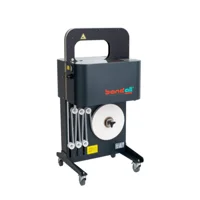
Branding and Labeling Solutions for Vegetable Packaging
Why banding stands out
What’s really the best way to brand and label your vegetable packaging? With numerous options to choose from, it can be challenging to determine which approach delivers the most value. Each promises something different: flexibility, sustainability, or a premium look. But how do they actually compare in practice?
In this blog, we’ll take a closer look at the most common branding and labeling solutions used in vegetable packaging and explore their strengths and weaknesses.
Key takeaways:
- Adhesive labels and cardboard sleeves fall short as branding and labeling solutions due to too little or too much material usage, flexibility, durability, and recyclability.
- Banding offers a solution that uses minimal material, provides a strong visual impact, can contain branding on the inside and outside, and is fully recyclable (no adhesives and minimal coatings).
- Bands stay securely in place on the packaging without the need for adhesives.
The limitations of current branding & labeling solutions
Adhesive labels: small, sticky, and hard to remove
Adhesive labels remain one of the most common methods for branding and labeling vegetable packaging. They're quick to apply, inexpensive, and are available in both paper and plastic.
However, while convenient, adhesive labels present several challenges:
- Limited branding space: A small label offers minimal room for design creativity or storytelling. Most brands can only include a small logo, a product name, and perhaps a barcode.
- Difficult to remove: Labels often leave behind sticky residue, which complicates recycling processes.
- Basic and repetitive appearance: They do not contribute to enhancing the customer experience.
While labels offer a quick and inexpensive solution, these benefits result in a branding and labeling solution that does the bare minimum.
Cardboard sleeves / belly-bands: More space, but at a cost
Cardboard sleeves are another common branding and labeling solution, especially for brands looking to make their vegetable packaging stand out. Sleeves provide more surface area than adhesive labels for logos, product information, and many other branding elements.
However, they also bring a range of challenges:
- Material-intensive: Sleeves use more material than an adhesive label, increasing the cost and weight of the vegetable packaging.
- Recycling challenges: Many sleeves combine paper with coatings to help it withstand moisture. However, these coatings make sleeves more difficult to recycle due to the chemicals.
- Not ideal for cold environments: Without protective coatings, cardboard can absorb moisture, becoming damaged and losing its visual appeal in refrigerated conditions.
- Movement and misalignment: Sleeves must be slightly larger than the packaging to slide over it, meaning there is extra space between the product and the sleeve. As a result, sleeves can shift during transport or on shelves, leading to a messy or inconsistent appearance.
- Inflexible: When the size or shape of the primary packaging changes, the sleeve no longer fits, requiring new sleeves or an entirely new solution.
While sleeves get branding and labeling right, the increased material usage, material composition, and set dimensions present numerous obstacles to vegetable packaging.
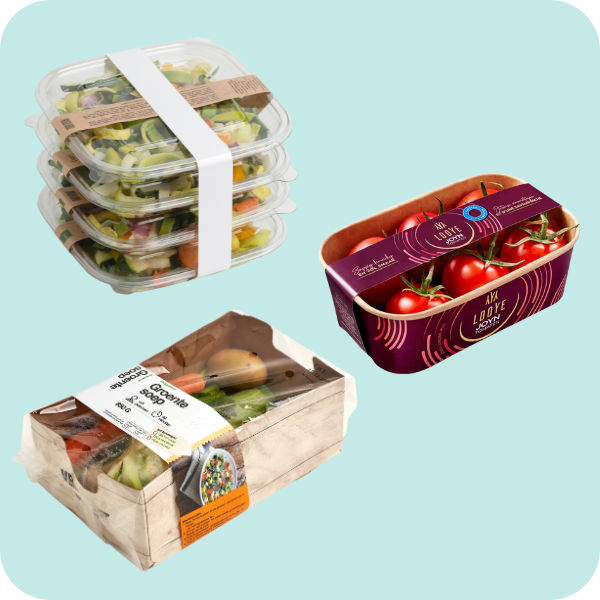
Banding: a new era of vegetable packaging
Banding offers a unique approach to vegetable packaging, combining the minimal material use of adhesive labels with the strong branding potential of cardboard sleeves. In banding, a pre-designed, thin strip of paper or film is wrapped around the product or tray at optimal tension, creating a visually striking product with efficient labeling.
Why banding is different:
- Adhesive-free: Bands don’t stick to the packaging, making them easy to remove and recycle. No sticky residue, no hassle.
- Flexible design space: Because the entire band (inside and outside) can be used for branding, banding gives brands much more creative freedom.
- Premium look and feel: Bands offer a sleek, sustainable branding and labeling solution for vegetable packaging, helping products stand out without excessive packaging.
- Optimal tension: The band stays firmly in place, ensuring neat presentation and eliminating the slipping problems common with sleeves.
Banding bridges the gap between functionality and design, giving producers the creative freedom of a sleeve and the minimalism of a label.
What kind of value should a branding and labeling solution offer?
In a market where packaging is often the first interaction between a product and the consumer, the question isn’t just how to brand and label vegetable packaging, but rather what value it should bring to your brand and business.
- Should your branding and labeling solution simply identify your product, or should it actively help you stand out?
- Should it be a solution that offers flexibility and adaptability or not?
- Should it look to optimize processes or remain complex?
- Should it offer creative freedom, and at what cost to recyclability or sustainability?
When comparing solutions, it’s not just about which one looks best or costs least, but rather which solution adds the most value to your vegetable packaging.
Curious to learn more about banding?
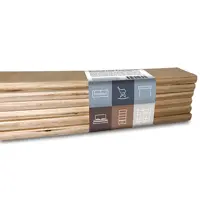
Applications of banding
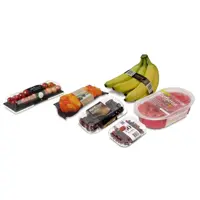
Benefits of banding
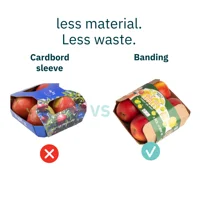
Banding vs. other solutions
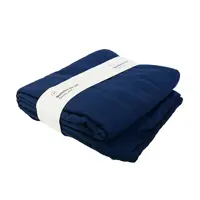
10 Reasons to switch to banding
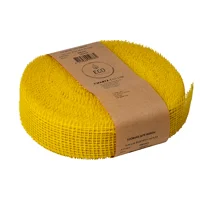
Zwartz - From shrink wrap to paper bands
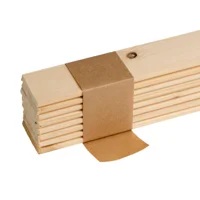
Novatrade - Improved quality and efficiency
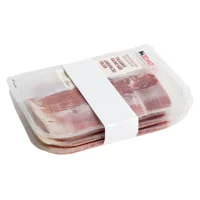
Packaging food products
